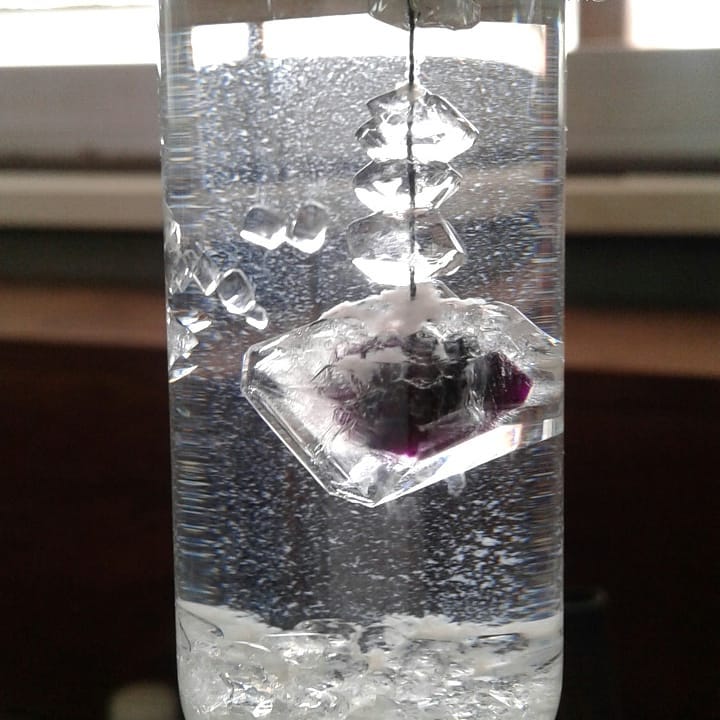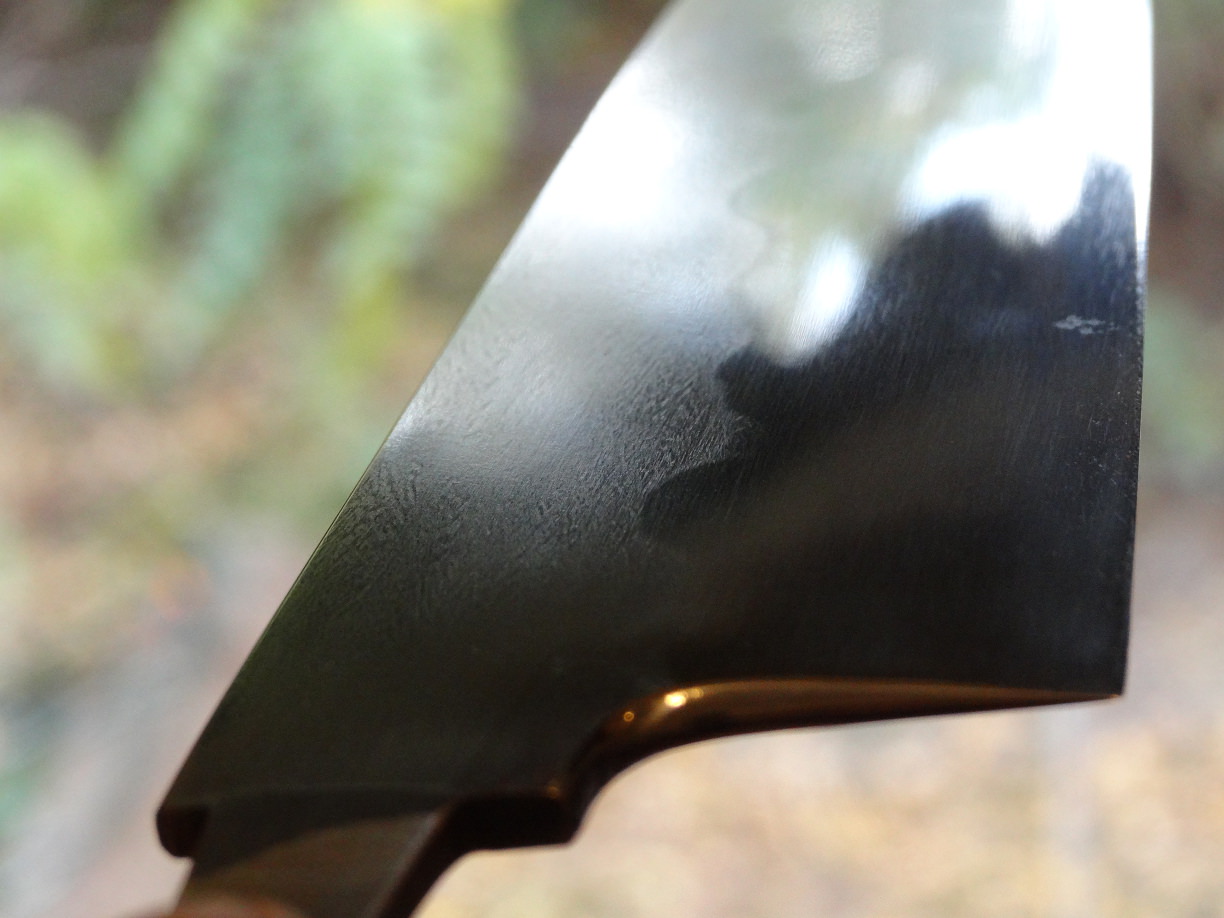This is only semi-true. I'm not sure how much you know about the topic, so I'll do the "explain like I'm 5" version.
So if you took a cup of hot water and mixed a heap of salt into it, you would expect the salt to dissolve - the same way that alloying elements dissolve into hot iron. This is also known as "going into solution".
Importantly, there's a big difference between mixing in fine-grained salt, or a single large crystal of salt of the same weight. Whichever one you choose will influence the time it takes to dissolve - this is the time/kinetics side of the coin.
Keep adding salt to the hot water and it will reach the point where it won't be able to dissolve any more - the water has gone over it's saturation point.
This saturation point is partly determined by the temperature of the solute. As the saturated saltwater solution cools, salt starts to come out of solution and precipitate back into a solid form. Once again, kinetics comes out to play. The slower we cool the solution, the more time the salt molecules have to arrange themselves. They will seek out similar molecules and latch on to them, growing back into crystals - otherwise known as grains. Given time, the molecules will latch on to existing crystals. If we give it no time, the salt will latch onto whatever it can that's nearby - a nucleation point - to come out of solution. If the nucleation points are in the form of a line or a string, you get banding.

So let's apply this to steel coming out of the mill. They obviously create it in huge batches - mixed as a liquid and solidified over time. With all that mass it takes a lot of time to cool it down unless you use a fancy and expensive method to cool it (e.g powdered steel cooled in little drops).
As the steel cools and alloying elements start to come out of solution, the steel is rolled which draws the precipitate out into bands or segmented chains down it's length. Sure, they'll do things to not allow it to run out of control, but practically speaking they need to get the job done at a reasonable cost, not to mention a bit of banding isn't a problem for most steel applications.
Individual smiths that receive the steel will try to stop the problem from becoming worse, but the truth is there's not much we can do to make it any better. The time and temperatures needed to completely dissolve these bands is most often out of our practical reach, and will likely cause other problems if attempted - The loss of carbon in the air and growing huge iron crystals/grains would be two issues that immediately come to mind.
So unless the steel in question has very low levels of alloying, the normal heating and cooling done at the forge will never hit a high enough temperature (and spend enough time there) to fully dissolve the pre-existing bands, and those will always be present up to the end product. We simply try to not allow these bands to get fatter.
I've personally tried to get rid of them by normalising at a much higher temperature then cooling quickly. But alas, no dice.







